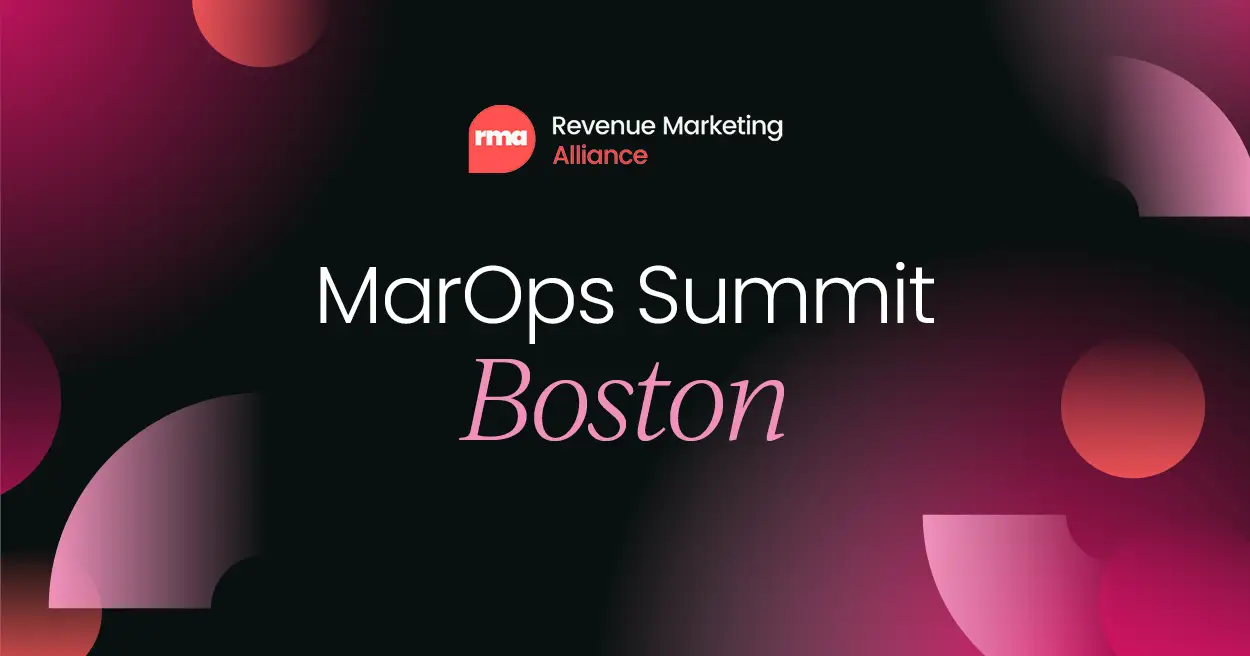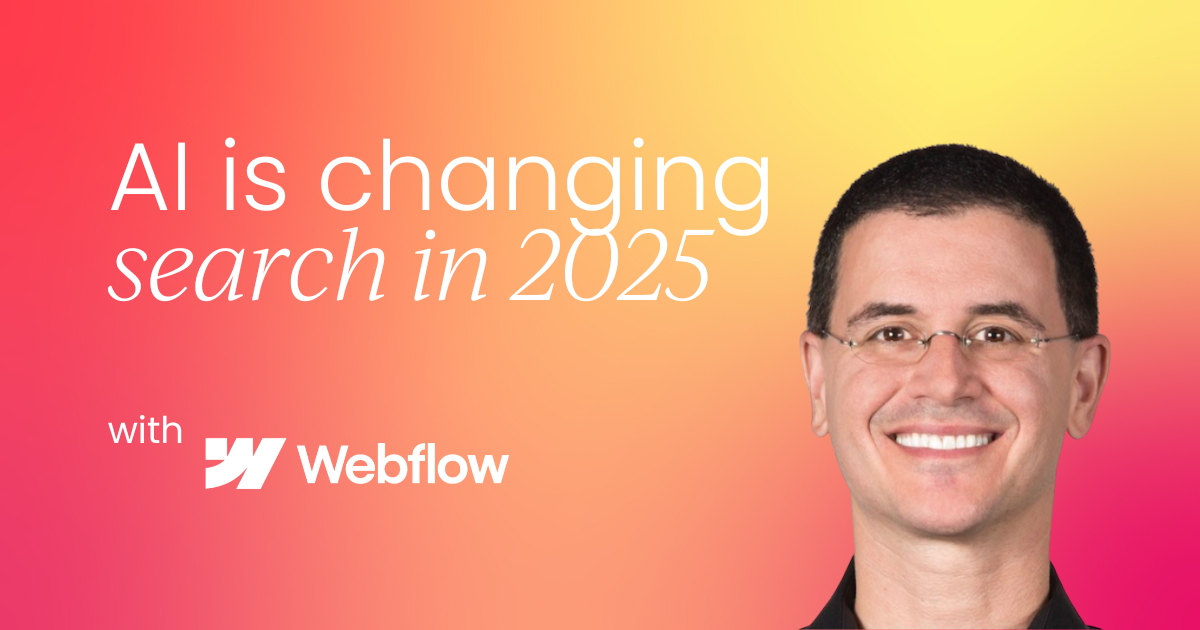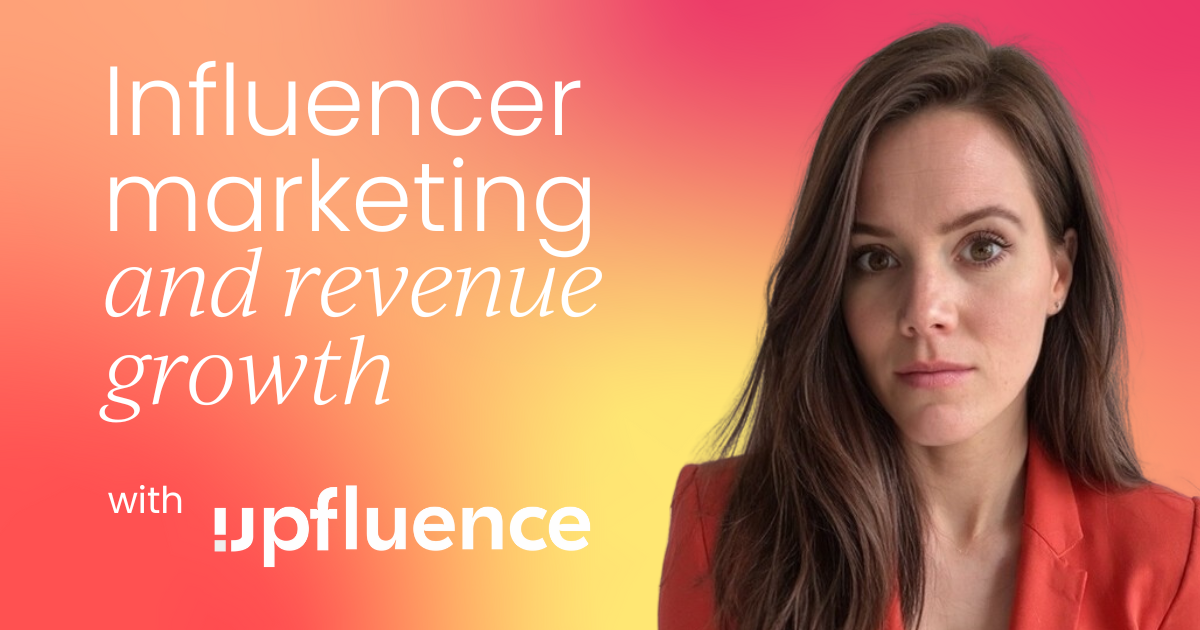At Fit for Work, we’ve spent the last year thinking deeply about how AI, particularly Google’s Search Generative Experience (SGE), is changing the way we show up online.
As someone who has spent two decades in healthcare and clinical trial software marketing (from scrappy startups to enterprise environments) I’ve seen plenty of change.
But SGE is different. It’s not just another tweak to the algorithm. It’s a shift in how people interact with information and it demands a fundamental rethink of how we approach digital strategy.
Let’s break it down: what SGE is, how it impacts marketing, and how we’re operationalizing it at Fit for Work.
Understanding SGE and its impact
Google officially launched SGE in the U.S. in mid-May of 2024, and expanded it to the UK, India, Japan, Indonesia, Mexico, and Brazil by August.
Unlike the traditional search engine results pages (SERPs), SGE uses generative AI to deliver a synthesized overview of a query, answering questions directly rather than just listing links.
That doesn’t mean SEO is obsolete. Far from it. SEO still matters – but what matters within SEO has shifted. Now, authority, relevance, and user experience are more important than ever.
In an SGE world, establishing authority is non-negotiable. AI-driven search prioritizes trustworthy, expert content, especially in regulated industries like health, finance, and law. For us, that means demonstrating not only what we know, but who knows it.
It starts with answering key questions:
- Why are we an authority on this topic?
- Who within our organization brings that expertise?
- How did they earn that expertise?
Our content needs to reflect that depth. That’s why we always attribute content to a specific expert and include their credentials. If a piece doesn’t feature a real, identifiable author, Google’s AI will likely pass it by. This goes beyond compliance: it's a credibility imperative.
We’ve made it a point to showcase our subject matter experts (SMEs) as thought leaders. We’re not just publishing generic blog posts, we’re highlighting unique perspectives backed by experience, data, and nuanced insights AI can’t replicate.
Think white papers, case studies, research studies, and interviews. These formats help us stand out while meeting Google’s EEAT (Experience, Expertise, Authoritativeness, Trustworthiness) criteria.
AI-generated content, while efficient, tends to summarize and generalize. That’s not enough anymore. Our edge comes from real human stories and professional insight – content that offers true depth.
Relevance and utility: writing with purpose
SGE rewards content that directly answers complex questions. So we’ve shifted our content strategy away from high-volume, generic pieces to a more selective, high-impact approach.
Our focus is depth over breadth. We’re answering the long-tail, high-value queries, the kinds of things only we, with our specific expertise, can explain.
We’re asking ourselves: What are our customers actually searching for? What questions do they bring to our sales teams, our customer support, or our conferences?
And we’re designing content around those insights, making it useful and user-centric.
We’ve also aligned our imagery strategy with this approach. Google now uses featured images in suggested search results, so the visual assets accompanying our content need to be just as thoughtful and relevant.
That means investing in infographics, videos, and custom visuals that reflect the content and add utility.
Experience and ease of use
Relevance doesn’t just apply to content, it also applies to user experience. SGE takes into account how easy your website is to navigate. If a user lands on your site and has trouble finding what they need or gets stuck waiting for a page to load, that hurts you.
Site speed is critical. Whether it's loading a video, downloading materials, or completing a purchase, every second counts. And with 63% of organic search traffic coming from mobile, mobile optimization is no longer optional. In fact, 45% of mobile users say they won’t return if they can’t find what they need easily.
So we’ve prioritized mobile-friendly layouts, clean design, intuitive navigation, and lightning-fast performance. Our goal is to create an experience that’s effortless for the user and rewarding for search visibility.
Taking action: auditing and adapting
One of the first steps we took was a full content audit. We evaluated our existing materials through the lens of SGE, asking whether each piece showcased authority, answered real questions, and aligned with our strategic priorities.
Where we found gaps, we filled them. Where we found fluff, we rewrote or removed it. We also restructured our SEO strategy to go beyond our website, embracing an omnichannel approach that includes social media, webinars, podcasts, and email.
We’ve continued to refine our on-page, off-page, and technical SEO efforts. For example, we fixed longstanding technical SEO issues, researched new keywords, and are continuously collecting insights from SMEs and customers alike.
One thing we do not do is use AI to generate original content. We might use it for editing or simplification (ensuring a piece is accessible and clear) but the voice and substance come from real people. Always.
Building organizational alignment
Operationalizing SGE requires more than marketing know-how. It requires buy-in from leadership, collaboration with subject matter experts, and alignment across departments.
For leadership, the key is education. We’ve worked hard to help our executives understand how SGE changes the metrics that matter. Yes, we’re seeing lower traffic from organic search but the conversions are higher. And, ultimately, it’s conversions that drive business outcomes.
We’re also tying our marketing KPIs to broader corporate goals. Instead of chasing vanity metrics, we’re tracking lead quality, conversion rates, customer retention, and return on investment.
Our leadership team has seen how SGE-aligned thought leadership can elevate our brand. In fact, it’s opened up new revenue opportunities – our SMEs are now being asked to speak at paid events, something that never happened before. That’s a powerful validation of the strategy.
Empowering subject matter experts
Our SMEs are the heart of our content strategy. We’ve gone out of our way to involve them, not just the executives, but the people working directly with clients every day.
We’ve created a process that reduces friction: our Director of Integrated Marketing meets with the SME, discusses the topic, and collects a high-level outline. Then we bring in a freelance writer with industry experience to research and draft the piece. The SME then reviews the draft to ensure it reflects their voice and perspective.
This collaboration model works. It respects our SMEs’ time while ensuring high-quality, credible content. And because we feature them prominently on the blog, on social media, in email, etc., they feel recognized and valued. That visibility has inspired others to raise their hands and contribute, too.
Our internal thought leadership council plays a key role here. It’s composed of SMEs from across service lines and disciplines. They meet monthly to guide content themes, support media submissions, and identify new voices for speaking and writing opportunities.
Establishing scalable processes
None of this works without process. We’ve put in place a content development system that includes:
- Monthly meetings with our thought leadership council
- A consistent content production workflow
- Regular keyword research and SEO audits
- Integrated insights from sales, clients, and industry leaders
This helps us stay agile. As SGE evolves, and it will, we’re ready to evolve with it.
Bringing it all together
Our approach to operationalizing SGE isn’t siloed. We’re using the same strategy across every channel: blog posts, videos, ebooks, social media, email campaigns, and more. We’re applying consistent messaging, themes, and voices to create a unified brand presence.
And we’re not stopping. We continue to measure, refine, and optimize. We’ve set our baseline metrics from pre-SGE and are actively tracking performance against them. We repackage and repurpose content across touchpoints to increase its value and reach.
The result? A marketing operation that’s aligned, efficient, and future-proof.
The payoff
Since implementing our strategy, we’ve moved away from pay-to-play marketing tactics. Our thought leadership is earning us not only visibility but also revenue.
And perhaps even more importantly, it’s boosting our internal culture: empowering team members at all levels to become brand evangelists and thought leaders in their own right.
SGE may have changed the rules of the game, but by aligning our processes, elevating our experts, and committing to real, valuable content, we’re staying ahead of the curve and showing up in the places that matter most.
If you're just getting started, I encourage you to begin by building relationships across departments, with your SMEs, and with leadership. Educate, align, and support. And most importantly, keep the human element at the center of your strategy.
That’s how you build authority. That’s how you create value. And that’s how you win in the world of AI-powered search.
One day. Endless marketing ops breakthroughs. Learn the strategies the pros use to streamline, optimize, and drive serious results.







.png)









 Follow us on LinkedIn
Follow us on LinkedIn





